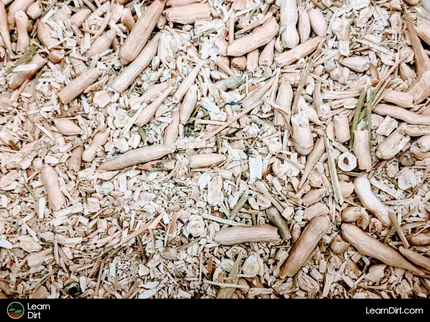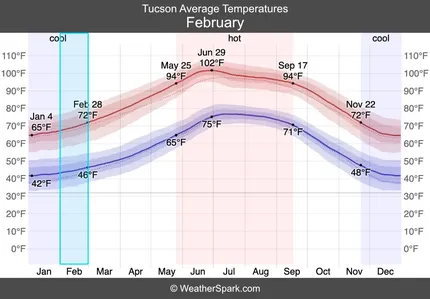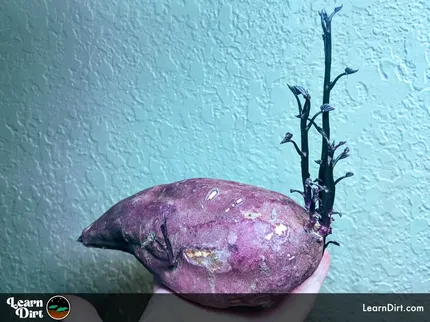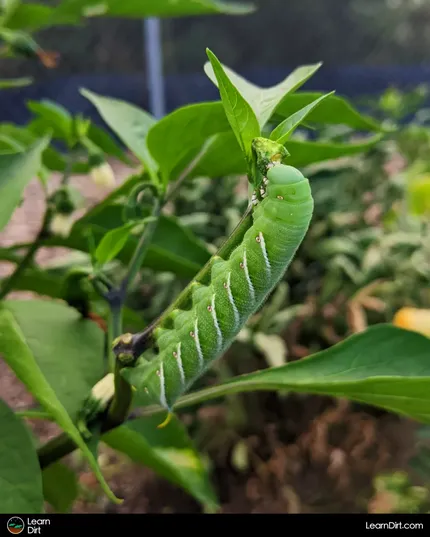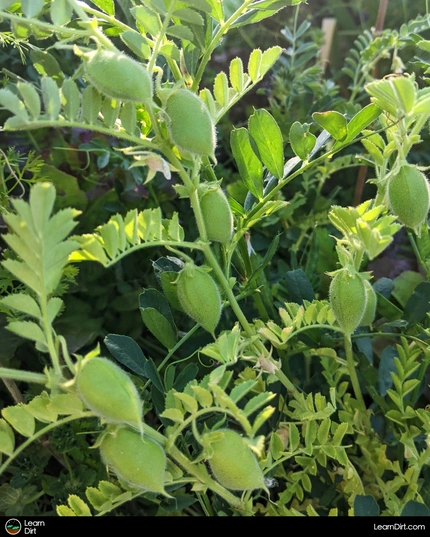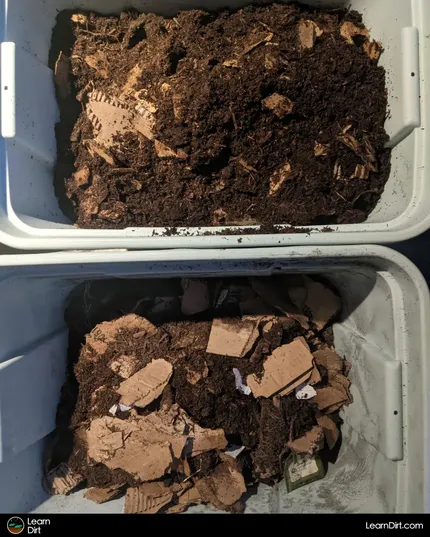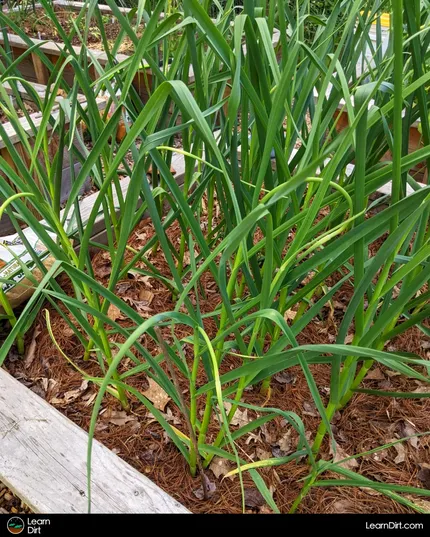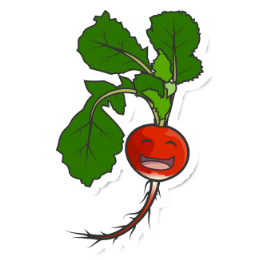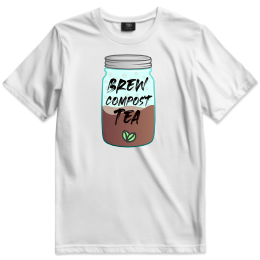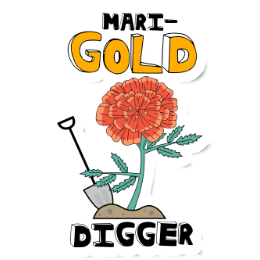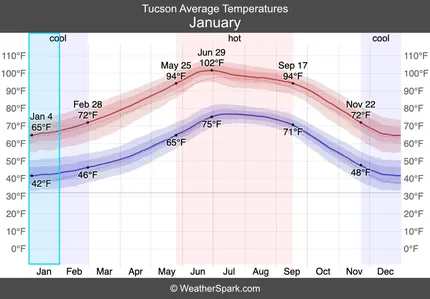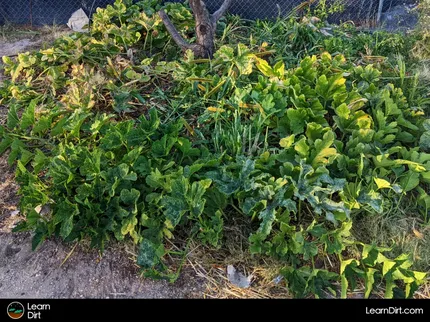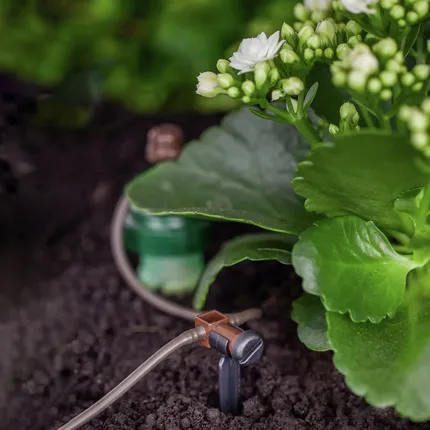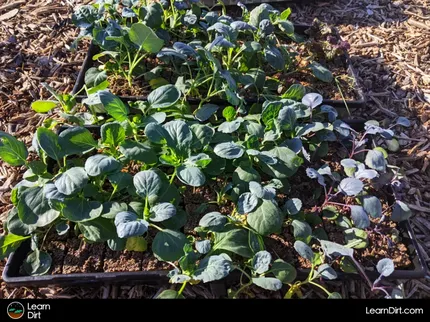Table of Contents
- Why Grow Daikon Radish?
- What Conditions Does Daikon Grow Best In?
- When to Plant Daikon
- Harvesting Daikon
- Fermenting Daikon
- Saving Daikon Seed
* Our articles never contain AI-generated slop *
Daikon may not be the first vegetable you think of when it comes to gardening - nor even the first radish variety for that matter. There are, however, some great reasons to grow this distinct jumbo radish in your garden.
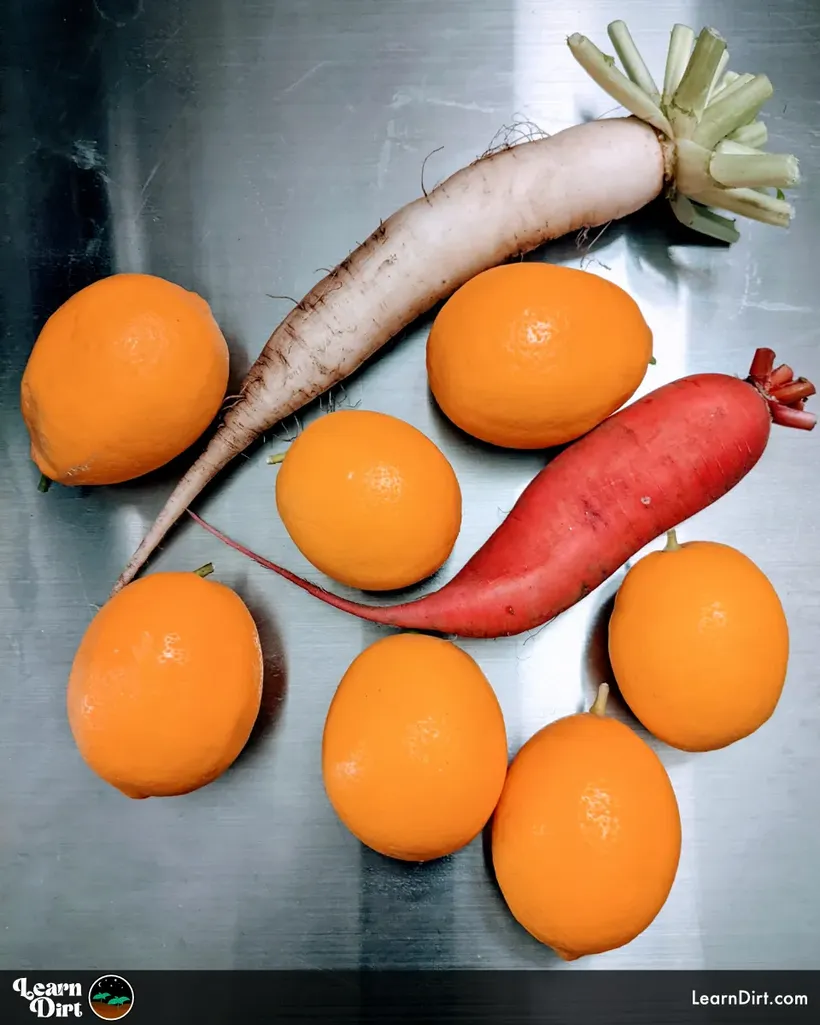
Let's look at some of the benefits to growing daikon and then we'll jump into the specifics on how exactly to grow it.
Why Grow Daikon Radish?
Garden Benefits
Daikon as a Pollinator Magnet
When daikon flowers, it puts out an enormous display of beautiful white pollinator magnets. While radishes are generally thought of as a small crop that you can cram in anywhere there's a little space, when they flower they transform into some real showy beasts!
Disclaimer: This post may contain affiliate links. Refer to the privacy policy for more information.
Once you decide to let your daikon bolt, that's where the real fun begins. You'll soon have a towering shrub replete with zillions of tiny white flowers abuzz with bees and butterflies. It's really a sight to behold if you've never let a radish flower before, and the pollinators go absolutely wild for it!
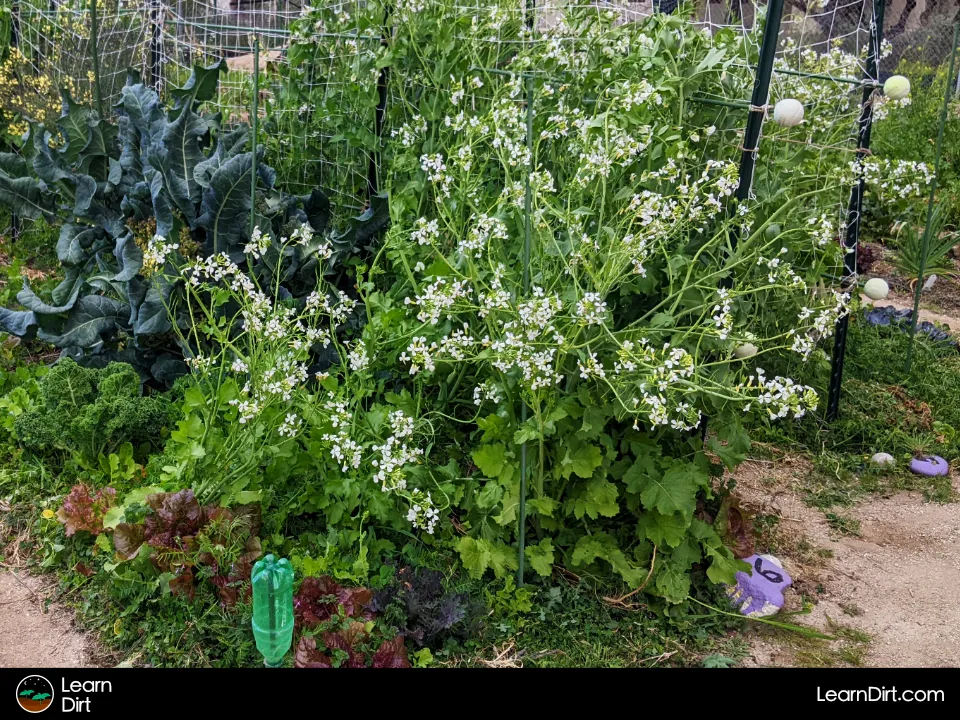
Culinary Uses
Edible Flowers
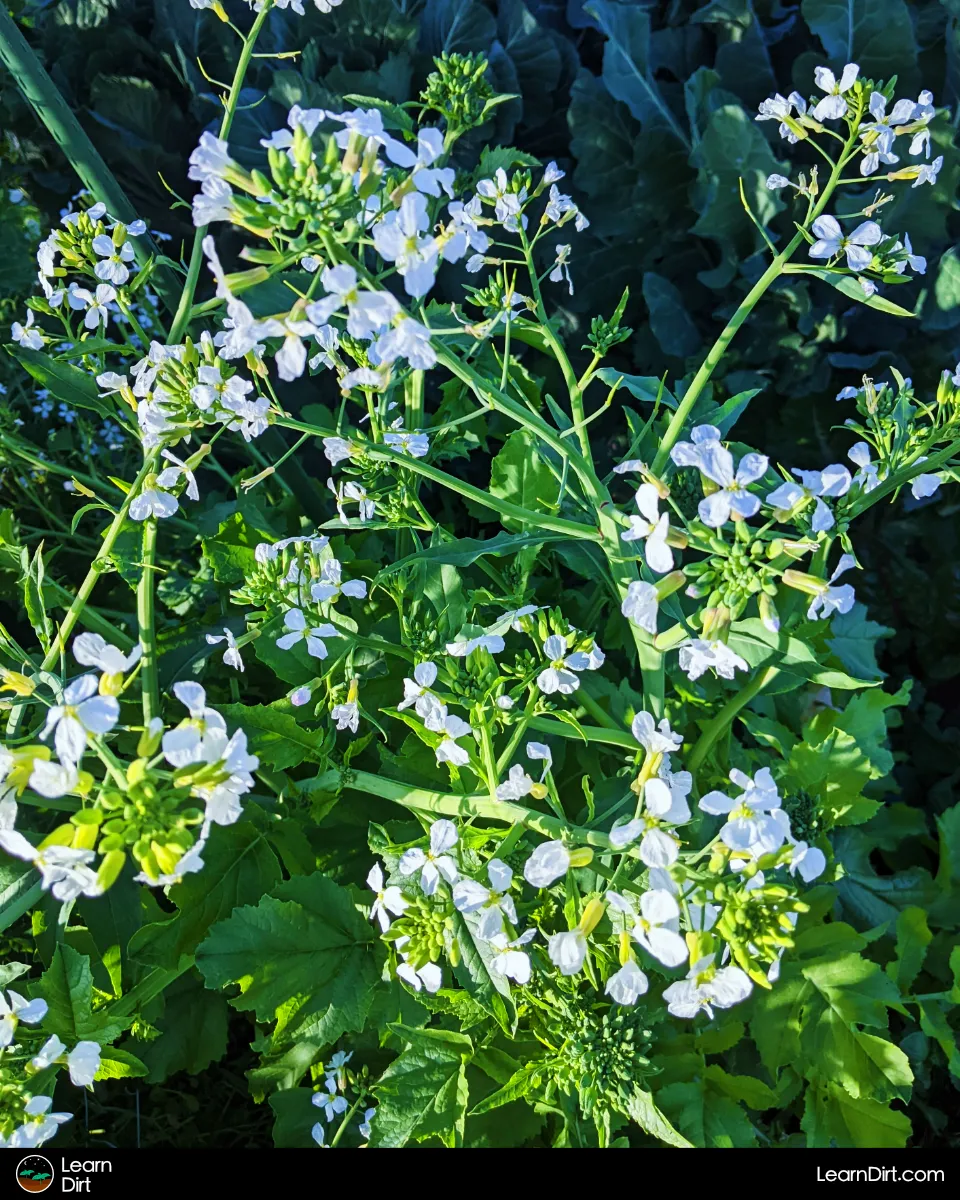
Edible Seed Pods
A lot of gardeners are quite surprised when they learn that radish pods are edible. Many wouldn't even recognize a flowering radish, and I was utterly shocked the first time one of my daikons flowered and produced seed pods.
As it turns out, radishes produces a LOT of seed pods, and daikon produce more than almost any other variety of radish. So many pods, in fact, that you'll get far more food from a single radish as pods, than you ever will as a root veggie.
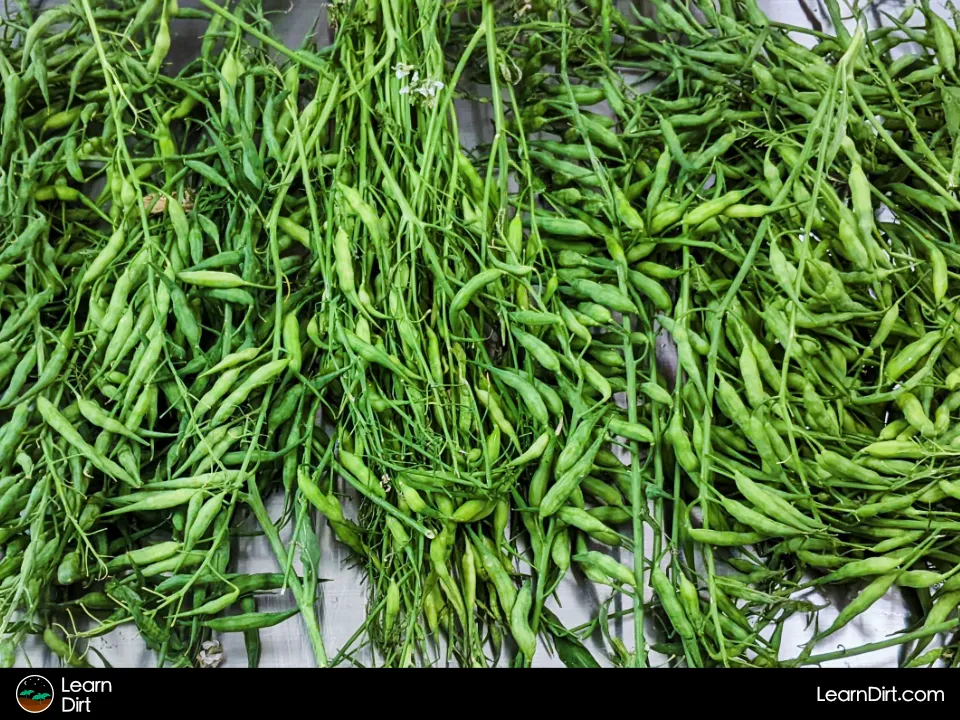
The pods seen above are only a small portion of the pods collected off of only one plant! They are really prolific and produce a ton of food if you're patient and wait for them to flower.
Bonus points for all the pollinators they feed while flowering, since they produce a ridiculous number of flowers!
What Conditions Does Daikon Grow Best In?
For daikon radish, aim for the following conditions for best success:
Join The Grower's Community
A FREE, friendly forum
where you can ask questions,
swap tips, and meet like-minded growers 🌱
Check It Out!
Temperature
For Germination: 50–85°F (10–29°C)
-The warmer the soil, the faster it will germinate (within this range)
For Vegetative Growth: 50–75°F (10–24°C)
-Tolerates cold down to roughly 25°F (-4°C) but growth slows to a crawl as it nears this temp.
-Tolerates heat up to about 80°F (26.7°C) before bolting
Soil
Loamy, well-drained soils are ideal for kale. This is because the lack of clay and the abundance of grit in loamy soils means drainage is maximized.
Keep kale feet dry, and they'll love you foever for it.
Water
Campact kale varieties like the dwarf blue curled do not have the water requirements of their regular-sized counterparts.
Be sure not to overwater, and to practice deeper waterings less frequently for this variety to encourage robust root system growth.
Sun
6-8+ hours of full sun is preferred, but in hotter regions some afternoon shade will help protect it from too much exposure.
Daikon may also be grown indoors under moderate grow lights, but I've found that a higher intensity light is needed for good root development.
This is probably not an ideal crop to grow indoors because of the much higher space requirements and longer grow time as compared to smaller radish varieties, but it's fun to experiment and see what's possible!
Nutrients
As a root crop, daikon does not have high Nitrogen requirements, and instead needs to shift to Phosphorus & Potassium dominance after the early growth stage.
Check out our Organic Nutrients Guide for some great P & K sources to add to your soil.
When to Plant Daikon
Seasonal timing for growing daikon outdoors is largely dependent on your climate:
In colder climates, daikon often has a spring / summer / autumn season (though it typically does best as an autumn crop).
In hot climates, an autumn / winter / spring season
In equitorial lattitudes, daikon often has a year-round season (where there isn't seasonal flooding).
You'll want to match up your local climate data (temperature, rainfall, humidity, flooding, etc.) up against the ideal growing conditions listed for daikon in the section above.
Harvesting Daikon
While you can generally just pull daikon straight up out of the ground when the root is protruding, and is at least 1 inch (2.5 cm) in diameter, there is a trick that makes harvesting these big roots easier:
Dig Cool Merch?
Try pushing the root straight down further into the ground with a couple pounds of pressure. Then pull straight up after that.
Pushing tho root down first can help to loosen the soil and make it easier to pull up your radishes. Give it a try nekt time you grow them!
Fermenting Daikon
Did you know that both the roots and the pods from daikon can be fermented? It's true!
Not only are fermented daikon roots and pods both tasty, they're also full of nutrients and beneficial probiotics which are great for gut health.
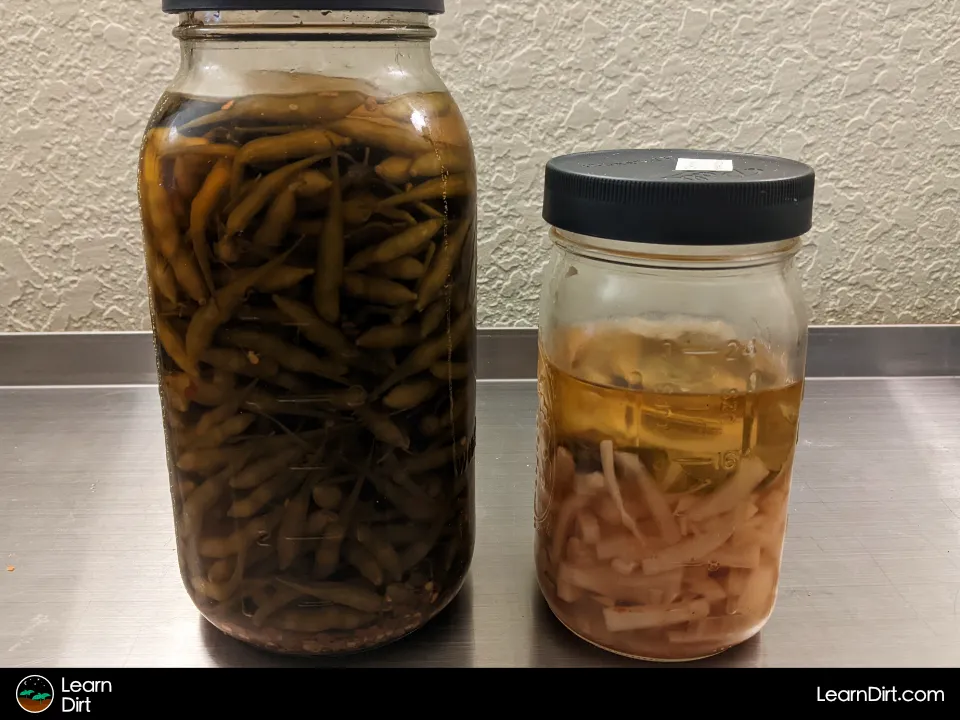
Roots
Because daikon roots are so much larger than most radishes, and also more mild - they make a great ferment you can eat right out of the jar of put on the side with almost any dish!
Pods
Harvest daikon pods while they're still somewhat soft and edible, before the inner seeds develop. Pods will soften a little further once fermented, though they'll still maintain a good crunch for many months in the fridge.
Saving Daikon Seed
After your daikon flowers and produces pods, keep waiting until the pods turn brown and dry out.
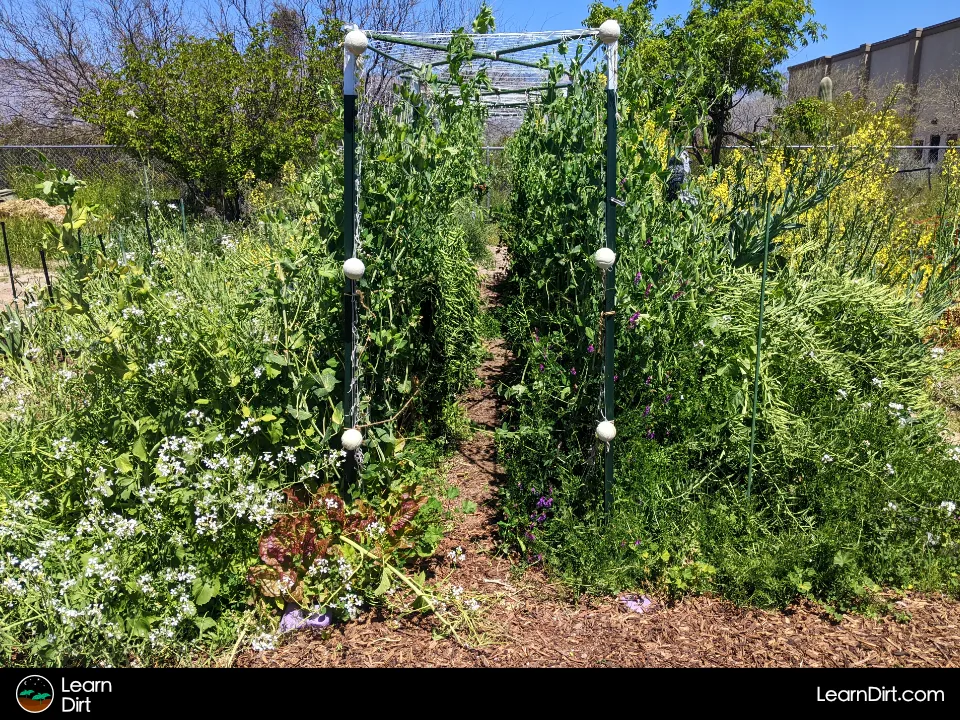
You should be able to hear the seeds rattle in the pods when you shake them - that means they're ready for seed-saving.
The seeds I've saved from my daikon plants have been amazing - they germinate in only 2 or 3 days at over 90% germination rate and really want to grow!
Because daikon seeds are quite a bit larger than most brassicas, they store a lot of energy that can help them sprout and get established early. I find they can be broadcast in the field and do not need to be covered or babied to get them rooted. Watering daikon seed sprinkled around the garden is enough to get them firmly rooted and then they're off to the races!
That's all for now, thanks for reading!
If you have any questions, comments, or would like to connect with fellow gardeners, head on over to the forum and post there.

![Don't Till Away Your Carbon [Taffy]](/media/product_images/dont-till-away-your-carbon-[taffy]_shirt_260x260.png)
![Don't Till Away Your Carbon [Neon]](/media/product_images/dont-till-away-your-carbon-[neon]_shirt_260x260.png)
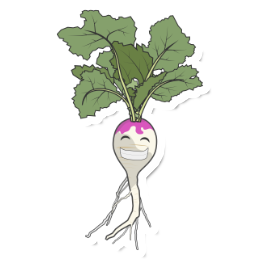
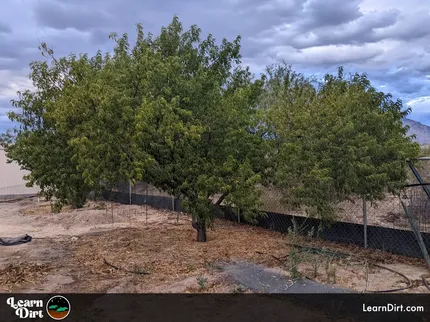

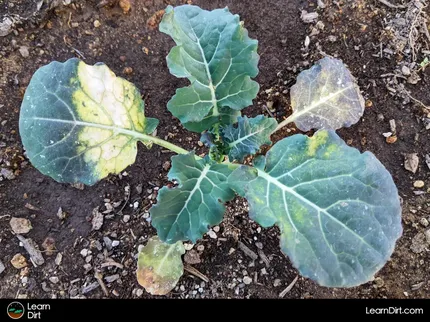
![Black Dirt Live Again [Blue]](/media/product_images/black-dirt-live-again-[blue]_shirt_260x260.png)


